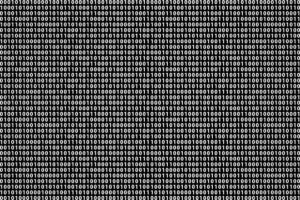The European Securities and Markets Authority (ESMA) has issued today a Discussion Paper for public consultation on distributed ledger technology (DLT).
ESMA is seeking feedback from stakeholders on the possible use of DLT in securities markets, its potential benefits and the risks that such broader use may pose.
ESMA’s Discussion Paper also provides a stock-take, with a particular focus on post-trading activities, of the key EU regulations which would be applicable to DLT. The regulations identified and discussed include the European Market Infrastructure Regulation (EMIR), the Securities Finality Directive (SFD), and the Central Securities Depositories Regulation (CSDR). ESMA stresses that firms willing to use DLT should be mindful of the existing regulatory framework.
The consultation will help ESMA to assess the opportunities and challenges posed by DLT from a regulatory standpoint and form an opinion on whether a specific regulatory response to the use of this technology in securities markets is needed. ESMA acknowledges that the technology is still in its early days with no operating system using the DLT at large scale in securities markets yet. Therefore, the possible impact a broader use of DLT would have on the functioning of securities markets, market participants and infrastructures would need further assessment.
In the Discussion Paper, ESMA analyses the potential benefits of DLT such as higher security, greater efficiency in clearing and settlement and reduced costs.
ESMA sees also a number of legal and technical challenges that would need to be overcome before DLT could be applied widely to securities markets. Some of these challenges are related to the technology itself such as the scalability of the technology and the interoperability with existing systems. Other challenges are mainly related to the governance framework, privacy and regulatory issues.
Background
Distributed ledgers – sometimes known as blockchains – are essentially records, or ledgers, of electronic transactions. Their uniqueness lies in the fact that they are maintained by a shared or distributed network of participants and not by a centralised entity as in current common market practice. Another distinguishing feature is the extensive use of cryptography to store assets and validate transactions. While the blockchain was originally designed for Bitcoins, the innovation has spread to traditional financial services.
ESMA began analysing virtual currencies in 2013 and subsequently also looked into investments using virtual currencies or DLT, including possible risks and benefits, on which ESMA is now seeking more in-depth feedback to further its assessment.
The consultation paper is available here and ESMA will consider all comments received by 2 September 2016.

